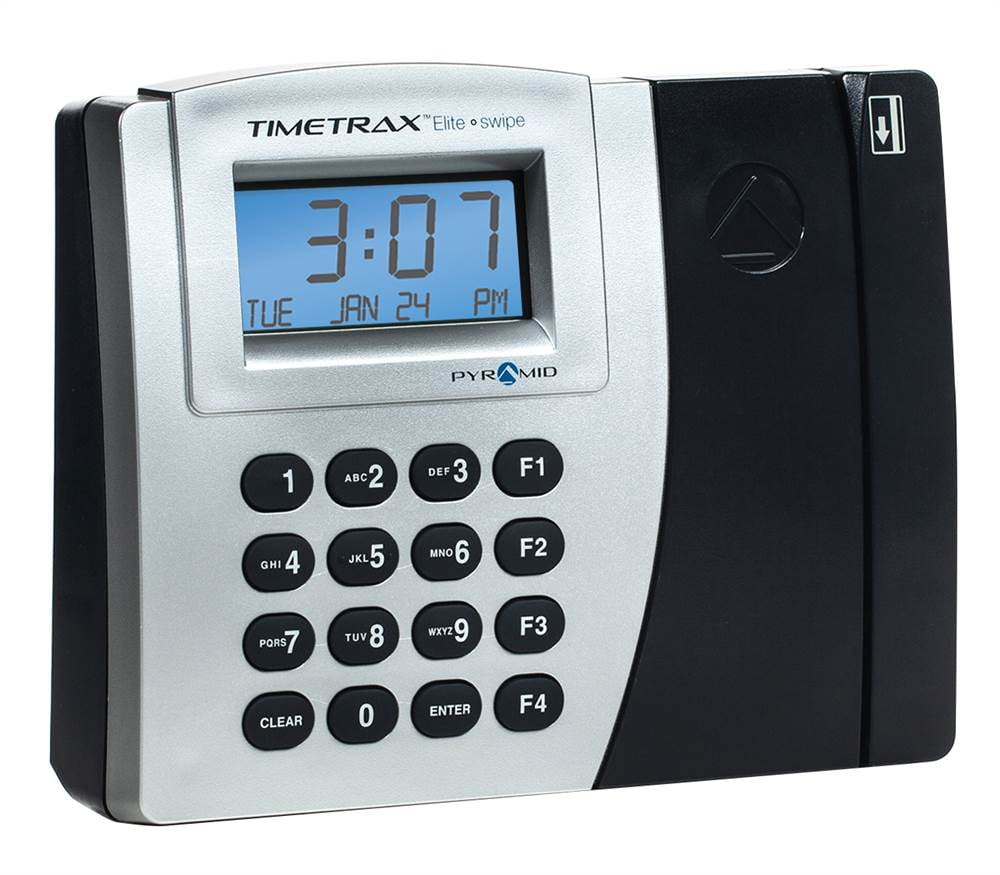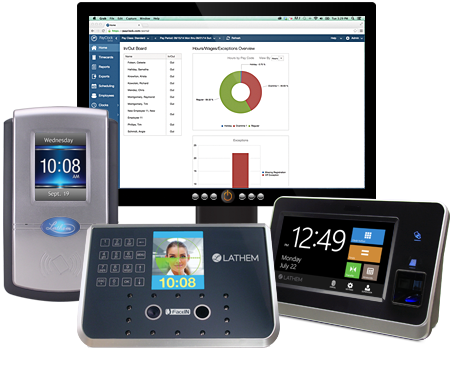
- #AUTOMATED TIME CLOCK SYSTEMS HOW TO#
- #AUTOMATED TIME CLOCK SYSTEMS MANUAL#
- #AUTOMATED TIME CLOCK SYSTEMS UPGRADE#
- #AUTOMATED TIME CLOCK SYSTEMS PROFESSIONAL#
Additionally, consumers care more than ever about buying from companies with sustainable practices, meaning those who are known to use outdated, wasteful methods will be behind the curve. The average American office employee uses 350 pounds of paper each year, a wholly unnecessary waste.
#AUTOMATED TIME CLOCK SYSTEMS MANUAL#
With manual time clock systems, businesses are forced to invest in timesheets, punch cards and other paper products that are a drain on both the bottom line and the environment. As a result, some companies have seen the time needed to complete the payroll process cut by about 70%. These reports allow both employees and employers to check hours, allocate vacation and make manual additions if need be. The rush to process everything by deadline often leads to data errors and unneeded stress for those tasked with getting the job done.Īutomated time systems don’t have timesheets or cards that can go missing, and allow payroll departments to pull management reports with ease. Related Article: 7 Ways an Outdated Time and Attendnace System is Costing Your Small Business Moneyįurthermore, those who work in HR and need to complete payroll each month often need to devote many hours, if not days, to the process of compiling, calculating and finalizing the hours of each employee. That task grows bigger and more complicated if a timesheet is lost and needs to be replaced, or a punch card is forgotten at home and the employee needs to track down a manager in order to override the system and start their day. The added responsibility of tracking their own hours can take up hours each month in and of itself. No more asking employees to wrack their brains for what are sure to be inaccurate, inexact arrival times, and no more rounding up and down of a few minutes each day, which over the course of a year, can add up to a substantial loss.Īs noted above, employees spend far too much time filling out timesheets in a manual system. Biometric time clocks, which use employee fingerprints or other individual identifiers in order to clock in, make buddy punching impossible, and your system will have a running log of clock in, clock out and break times that can be accessed at any time. On the other hand, automated time clock systems all but eliminate accuracy errors and time theft. companies are said to lose an incredible $400 billion a year in lost productivity thanks to time theft and loafing. One form of time theft is buddy punching, where an employee will clock in for a colleague who hasn’t actually arrived at work yet. Time theft, intended or otherwise, is a very real issue with punch cards.

Remembering what you’ve done over the course of a day, week or even longer is not a suitable method if accuracy is the goal.Įven punch card systems, which ostensibly track when employees clock in and out each day, has its flaws. According to a study by AffinityLive, not even 50% of workers who fill out their timesheets “multiple times a day” could say that their hours were “very accurate.” Filling them out once a week results in just over 25% of workers having supreme confidence in their calculations. A comparison of automated time clocks, which can be integrated into existing payroll systems, with manual time clocks shows that the return on investment can be enormous.įor decades, one of the most common ways to track and collect hours was to have employees do so themselves.
#AUTOMATED TIME CLOCK SYSTEMS UPGRADE#
Yet countless entrepreneurs and HR employees likely consider an upgrade to an automated time system to be an unnecessary expense.
#AUTOMATED TIME CLOCK SYSTEMS PROFESSIONAL#
An estimated 40% of small businesses still do their payroll manually, wasting valuable time, energy and resources in both the short and long-term.Ĭonsidering that the average professional services business loses over $110,000 annually due to poor time tracking, the decision to upgrade appears to be an easy one. The issues associated with tracking payroll are exacerbated by the use of manual time clock systems, such as punch cards, which at this point are outdated enough to actively harm your bottom line.

Calculating the hours of one or two people may not be difficult, but as the number of employees working for your company grows, so too do the headaches of tracking time each day, week and month without automated time clock software.
#AUTOMATED TIME CLOCK SYSTEMS HOW TO#
If you own a small business or work in payroll, you have likely encountered the problem that many companies hope to have: how to keep track of an expanding workforce.

Why small businesses should switch from a manual payroll system to using automated time clock software, using biometric or RFID technology.


 0 kommentar(er)
0 kommentar(er)
